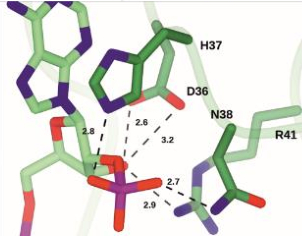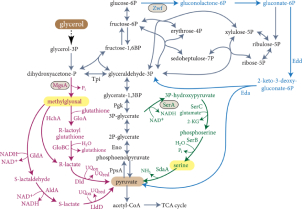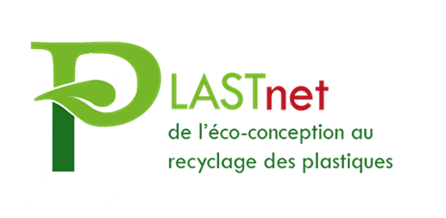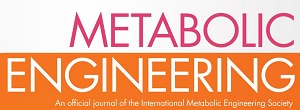Exploration, exploitation, diversification of the chemistry of life
L2BMS
Dir Anne Zaparucha
Biocatalysis is one of the pillars of green chemistry.
By using enzymes, catalysts of the living world, it is possible to achieve unusual or non-existent reactivities in conventional chemistry, in conditions that are compatible with the preservation of the environment. A biocatalytic step can then effectively replace a step in an existing process, but even more advantageously, the particular reactivities of enzymes can be used to design new synthetic or deconstructive routes by doing a serie of biocatalytic steps for faster, more efficient access to the products of interest. Within the unit, we are involved in the cross-disciplinary theme of the Circular Carbon Economy.
We are looking for new biocatalysts by exploring biodiversity using different approaches and bioinformatics tools (See Bioconversion Activity Screening Platform, LABGEM, LAGE).
Understanding and laboratory selection of microbial degradation processes for anthropogenic pollutants is a prerequisite for further bioremediation applications.
The team has long-standing expertise in biodiversity mining of contaminated natural environments, exemplified by the flagshift project on the anaerobic degradation of a legacy pesticide (chlordecone), and is now shifting towards different emerging pollutant targets and genetic engineering approaches.
A second major topic tackles the marine plastic pollution and the implementation of microbial polymers that could fulfill the sustainable goals of eco-conception.
The team constructs and/or selects microorganisms endowed with new metabolic capabilities for application objectives using the techniques of metabolic engineering and in vivo evolution:
-Enhancement of the biocatalysts of interest for synthetic organic chemistry.
-Acclimatization of non-natural compounds as essential metabolites and modification of the chemical repertory of the microorganisms for confined artificial biodiversity.
-Implementation and enhancement of metabolic pathways for use of 1-carbon carbon resources (formate, CO2).
In general, the implementation of the projects exploits the principle of genetic selection.

Last publications
-
16/06/2023
Aurélie Fossey-Jouenne, Laurine Ducrot, P. J. Jongkind, Eddy Elisée, Anne Zaparucha, Gideon Grogan, Caroline E. Paul and Carine Vergne-Vaxelaire
Front. Catal., 2023, Volume 3 -
31/08/2022
Laurine Ducrot, Megan Bennett, Dr. Gwenaëlle André-Leroux, Dr. Eddy Elisée, Sacha Marynberg, Aurélie Fossey-Jouenne, Prof. Anne Zaparucha, Prof. Gideon Grogan, Dr. Carine Vergne-Vaxelaire
ChemCatChem, 2022, 14(22) -
12/05/2022
Camillo Iacometti, Katharina Marx, Maria Hönick, Viktoria Biletskaia, Helena Schulz-Mirbach, Beau Dronsella, Ari Satanowski, Valérie A. Delmas, Anne Berger, Ivan Dubois, Madeleine Bouzon, Volker Döring, Elad Noor, Arren Bar-Even, and Steffen N. Lindner
BioDesign Research, 2022, Vol. 2022 -
29/03/2022
Bennett M, Ducrot L, Vergne-Vaxelaire C, Grogan G
Chembiochem, 2022, Volume23, Issue10 -
28/03/2022
Valérie A. Delmas, Nadia Perchat, Oriane Monet, Marion Fouré, Ekatarina Darii, David Roche, Ivan Dubois, Emilie Pateau, Alain Perret, Volker Döring, Madeleine Bouzon
Metabolic Engineering 72 (2022) 200–214












